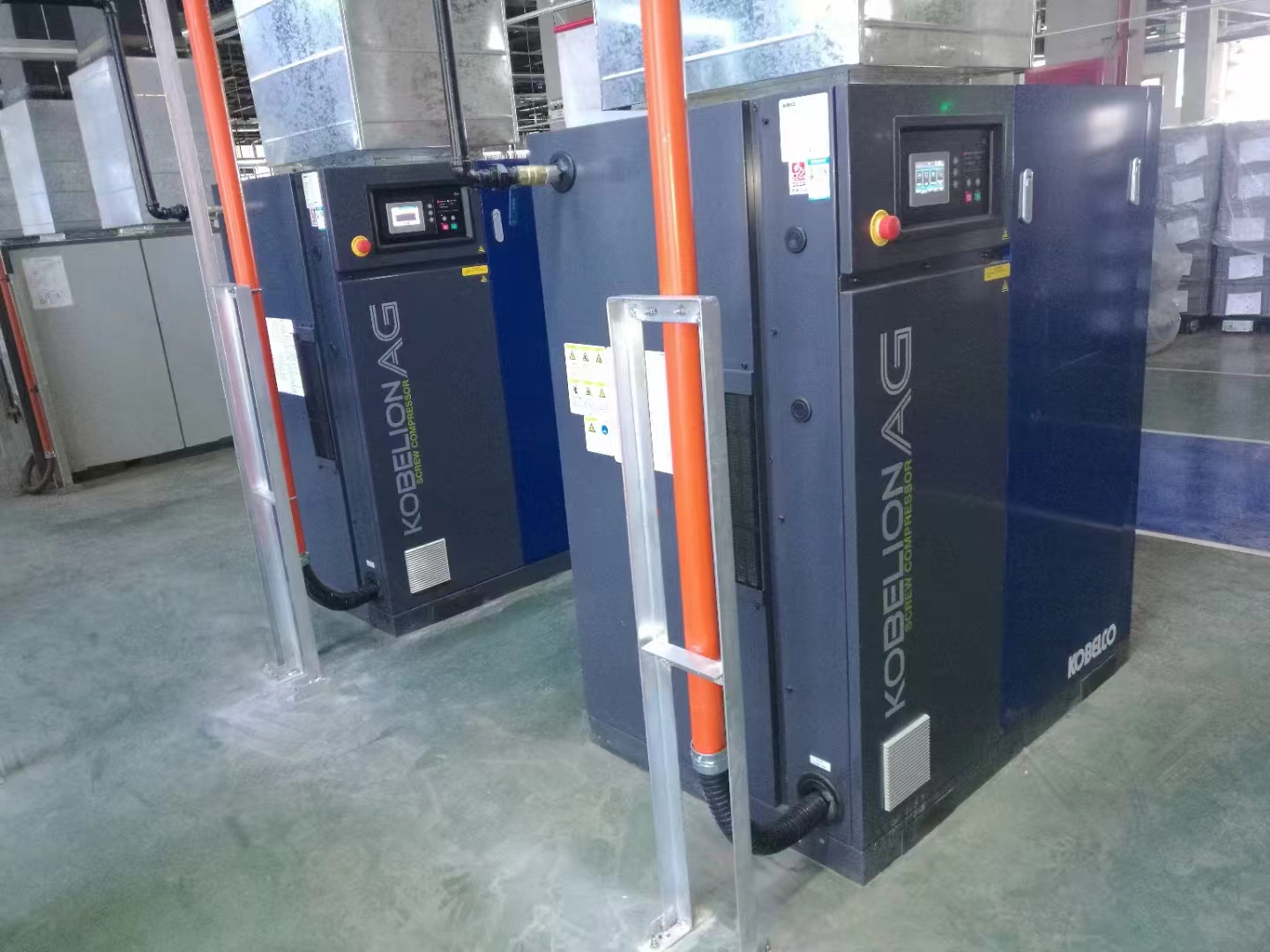As the name implies, a compressor is a machine that produces compressed air by compressing gas. Generally, a compressor can compress air to 0.1 MPa (about 1.0 kgf/cm2 ) or higher. (Reference: Products with a discharge pressure of less than 10 kPa are called fans, and products with a discharge pressure between 10 kPa and 0.1 MPa are called blowers.) The typical place where compressors are used is factories. It is no exaggeration to say that almost all factories use compressors. It is widely used to drive products such as machine tools and presses, and as a power source for various manufacturing processes. For example, for machine tools that only perform metal processing, compressors can also be used for the following purposes: tool disassembly and assembly, chip discharge, driving tool replacement rotation and tool spindle rotation, etc.
If the supply of compressed air stops, factory production will also stop. Therefore, the compressor is also likened to the "heart of the factory" and plays a very important role in the production site. Therefore, the production site that introduces the compressor must be equipped with a complete service system.
In addition, it is well known that compressors consume a lot of electricity. It is known that compressors consume about 25% of the electricity used in the entire factory. Assuming that the compressor is used for 10 years, the electricity bill generated by the compressor accounts for about 80-90% of the total life cycle cost. From this, it can be seen that from the perspective of reducing production costs and building a decarbonized society, it is also extremely important to introduce compressors with high energy-saving performance and optimize the entire air system including peripheral equipment such as dryers and filters.
Uses of compressed air

Examples of electricity usage in common factories




 English
English
